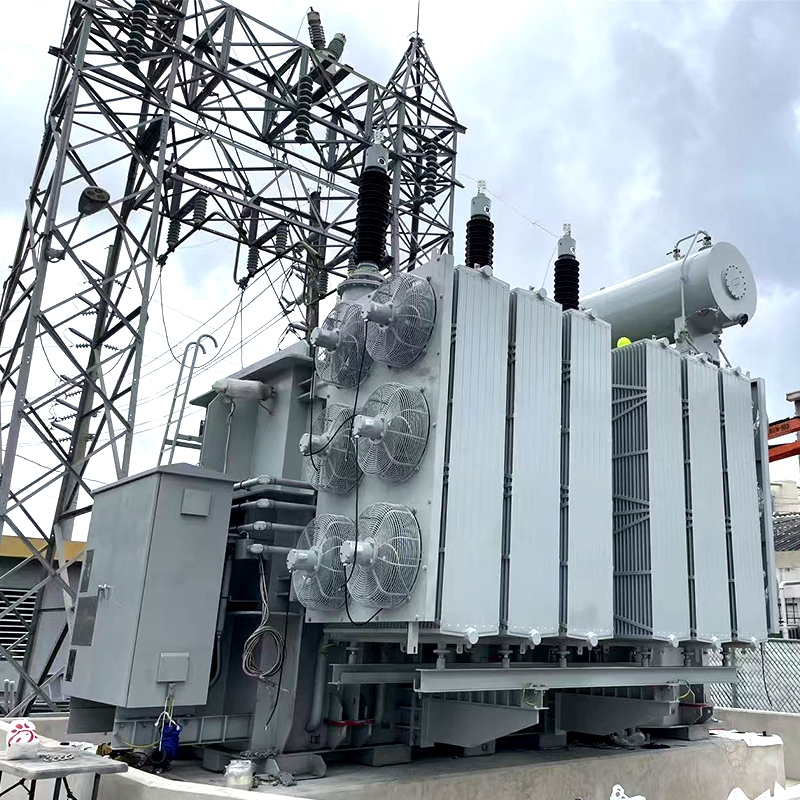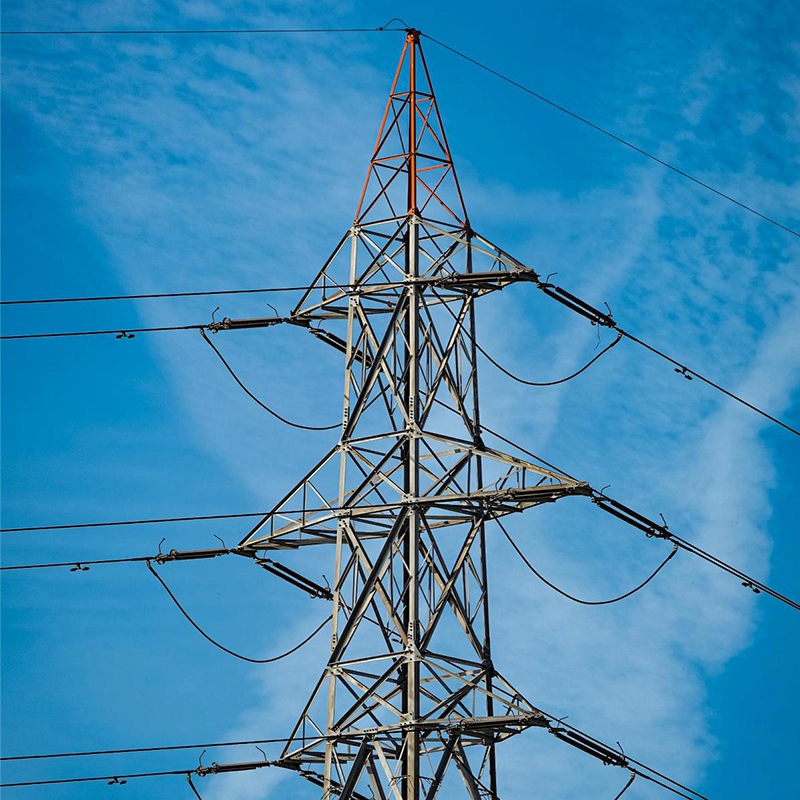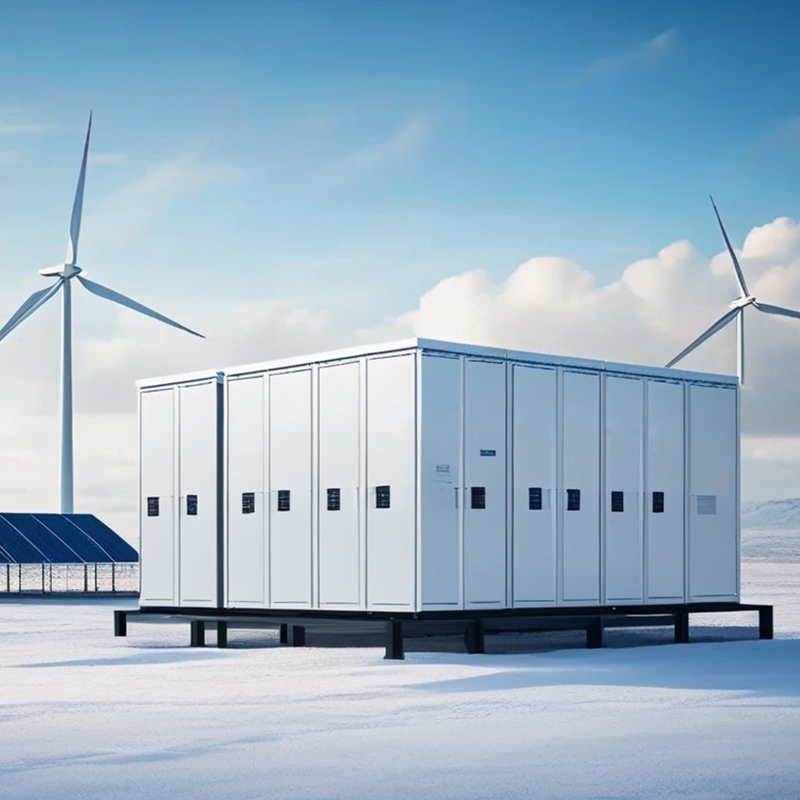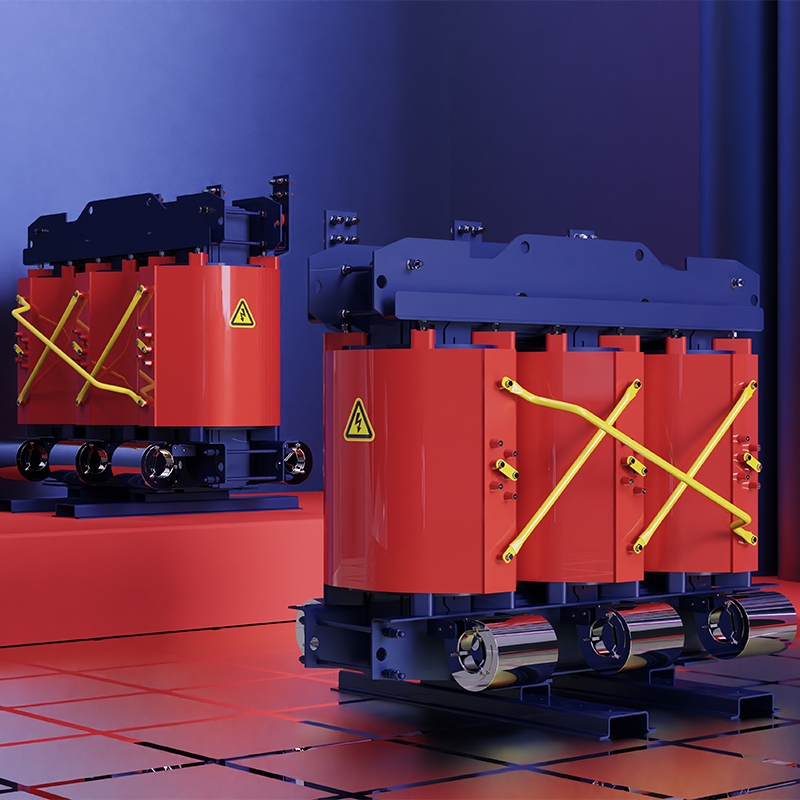China transformer industry chain map, market output, import and export trade volume and trend research and judgment: at home and abroad and inside the network demand resonance, the industry ushered in a good opportunity for growth
The upstream of the transformer industry chain is raw materials, mainly including steel, oriented silicon steel, non-ferrous metals, electromagnetic wires, insulation materials, transformer oil, impregnated materials, etc. The middle reaches are different kinds of transformers, which can be divided into power transformers, instrument transformers, test transformers, special transformers; Downstream applications in power grid, rail transit, wind power generation, photovoltaic power generation, electric vehicle charging pile, industrial manufacturing, urban construction and other fields.
Transformers are widely used in power grid, new energy (wind, light, storage), rail transit, electric vehicle charging pile, industrial manufacturing, infrastructure, real estate construction and other fields. In the past two years, the proportion of new energy power generation in China has continued to increase, the scale of power supply investment has increased significantly, the number of UHV projects started has remained high, the investment in energy-saving transformation of network transformers has increased, and the penetration rate of new energy vehicles has continued to increase. These changes mean that the country is accelerating the promotion of energy transformation, the national development, change, distribution, and use of the whole link transformer application demand to maintain rapid growth. Driven by market demand, China's transformer industry capacity construction investment continues to increase, and the domestic transformer production supply capacity is increasing. According to statistics, the output of China's transformer industry in 2023 has increased from 1.756 billion kVA in 2019 to 2.075 billion KVA.
Europe, the United States, Japan and South Korea have the global head transformer suppliers, such as Europe Siemens, ABB, the United States Eaton, General Electric, Japan Hitachi, South Korea Hyundai Electric and other world-renowned power equipment enterprises. However, it is worth noting that due to insufficient capital expenditure and rapid growth in demand, overseas enterprises face insufficient capacity and longer order delivery cycles. In the U.S., for example, delivery times for transformers have increased from an average of around 50 weeks in 2021 to around 120 weeks in 2023Q4, according to Wood Mackenzie. In addition, although due to the strong demand, many overseas head transformer companies have developed plans to expand the capacity of transformers and related products since 2023, such as Hitachi Energy, Eaton, GE, WEG, Siemens, etc., have announced relevant investment plans, but most of the plant is expected to put into operation in 2025-2026. In summary, in the next few years, overseas transformer supply and demand will be in an unbalanced state, which brings opportunities for China's transformer enterprises to go to sea.
Driven by power demand growth, grid cycle replacement, new energy installations and other factors, the current global demand for transformer applications continues to rise, especially in the context of the aging power grid in developed economies that need to be replaced, transformers as key equipment in the power grid, its new and replacement capacity is expected to continue to grow. Therefore, with the growing market demand, transformers produced in China are overflowing overseas, and power transformers, distribution transformers and supporting electrical equipment are becoming hot commodities around the world. According to the statistics of the General Administration of Customs, from January to September 2024, the number of exports of transformer industry products in China reached 81.767 billion, an increase of 23.63%.
1, transformer performance design research and development investment continues to increase in the context of high efficiency and low loss, energy demand continues to rise, the market's attention to energy efficiency is also increasing. Therefore, transformers will continue to pursue higher efficiency and lower energy consumption. These goals can be achieved by using better core materials, optimizing coil design, and improving manufacturing processes. For example, new amorphous alloys and nanocrystalline materials have extremely low hysteresis loss and higher saturation magnetic induction intensity, which can greatly improve the conversion efficiency of transformers and effectively reduce energy loss. At the same time, for some applications with high space and weight requirements, such as aerospace and electric vehicles, transformers also need to achieve high power density, which means providing stronger power output in a smaller volume and weight. This has also led to more compact designs and new approaches such as high-frequency technology and integrated design. 2, the trend of product intelligence and digitalization is becoming more and more obvious in the context of the accelerated development of intelligent digital development in various industries, the future transformer will be equipped with more sensors and intelligent monitoring modules, real-time monitoring of the operating status, such as temperature, voltage, current and load. Collecting and analyzing these data can realize fault warning, diagnosis and remote control, so as to improve the reliability and maintenance efficiency of transformers. For example, when an exception occurs, an alarm is issued in time and necessary protective measures are taken to avoid the expansion of the fault. At the same time, with the development of smart grids, transformers will become smart nodes in the power grid, which can exchange information with other power equipment and work together. This real-time communication allows the transformer to flexibly adjust the output power according to the demand of the grid, optimize the grid scheduling, and ensure the stability and efficiency of the overall operation. 3, transformer applications are expanding in the new energy power generation system, transformers will play an increasingly important role. With the development of the new energy industry, the demand for transformers suitable for solar photovoltaic and wind power generation is increasing, and these transformers need to cope with large voltage fluctuations and have good anti-interference performance. At the same time, the popularity of electric vehicles puts higher requirements on power transformers. Devices such as on-board chargers and charging piles rely on transformers for high efficiency, high power output and fast charging. The rail transit system also needs transformers to provide support for electric traction and signal control equipment, and in the future, with the development of rail transit, the reliability, safety and energy saving requirements of transformers will also be greatly improved.




